(ECNS) — The crew of China's Shenzhou-19 mission is entering the final stage of their "space trip," with various science experiments advancing in an orderly manner.
Over the past week, astronauts continued routine tasks such as in-orbit environmental monitoring and equipment maintenance while steadily advancing several scientific projects, according to CCTV.
The crew conducted multiple experiments using electroencephalogram devices, collecting data to support ground-based research into how gravity affects the processing of visual-motion information, cognitive patterns, and neural mechanisms of spatial reasoning in microgravity. Additionally, these experiments examine how brainwave-music interventions can regulate inhibitory control during long-duration spaceflight.
Having lived and worked aboard their "space home" for nearly half a year, the astronauts are also providing valuable habitability feedback through questionnaires and recorded videos. This data—covering real-time human-machine interactions and equipment layout—will help researchers on Earth identify issues, derive design insights, and develop targeted improvements for future spacecraft.
In pharmacological research, the crew has successfully completed experiments on pharmacokinetics, contributing important data to shape guidelines for future medication use in orbit.
In space technology, the crew conducted payload assembly and testing as part of a major cryogenic cooling experiment utilizing inverse Brayton cycle technology. Intended for future deep-space missions, this project validates advanced refrigeration techniques using ultra-high-speed gas-bearing systems, which may significantly enhance China's capabilities in space thermal management.
Several microgravity physics experiments are also currently underway. The astronauts replaced experimental samples in fluid physics and high-temperature materials cabinets, performed vacuum pumping procedures, and discharged waste gases.
Additionally, the crew measured airflow and temperature, conducted air cleanliness tests, and maintained equipment regularly. Medical tasks included performing electrocardiograms, pulmonary function tests during exercise, and continuous cardiovascular monitoring. Preventive measures to mitigate the effects of weightlessness were also actively implemented.
(By Zhao Li)










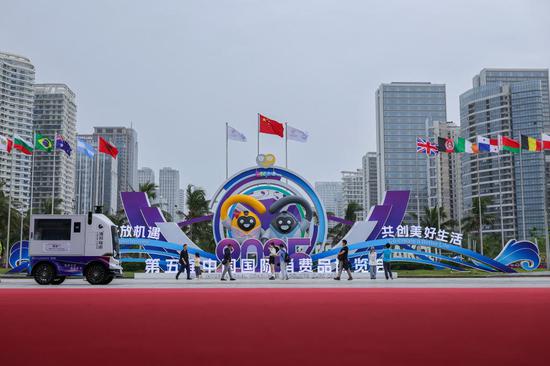

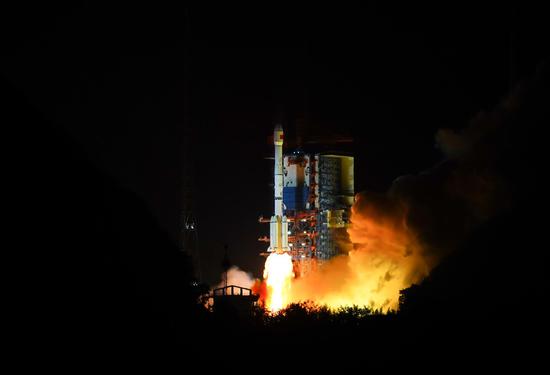
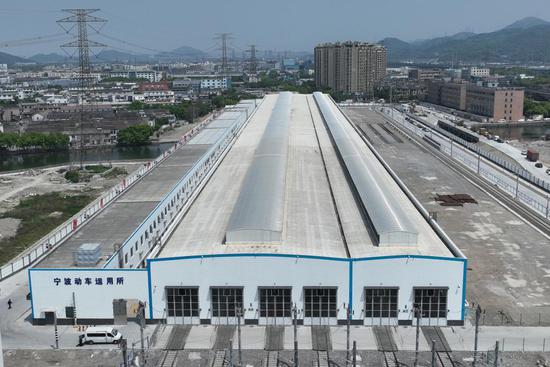

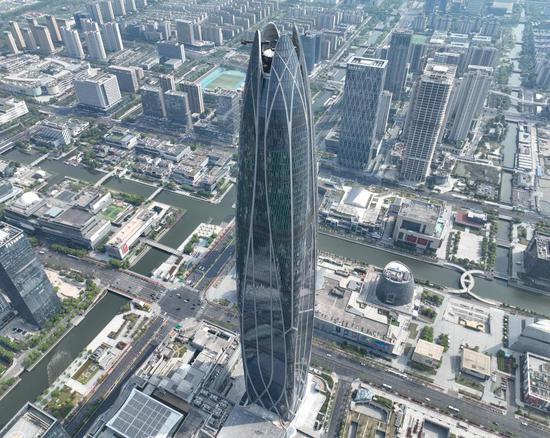
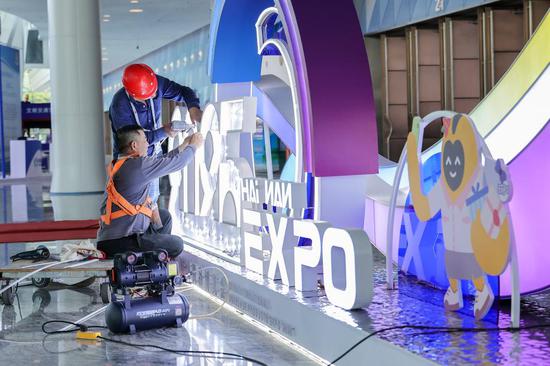
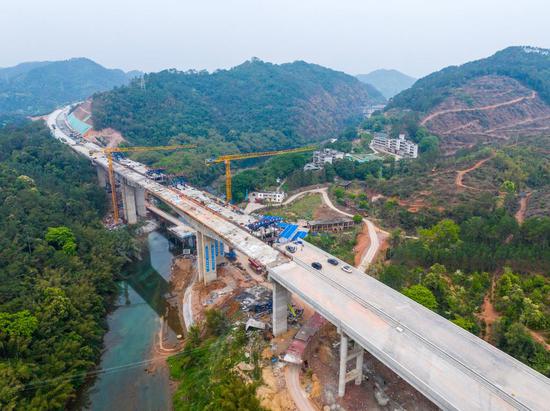




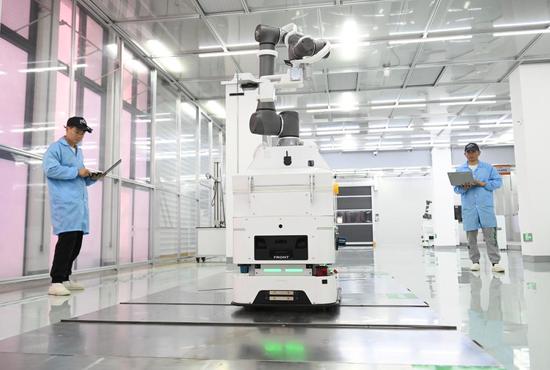


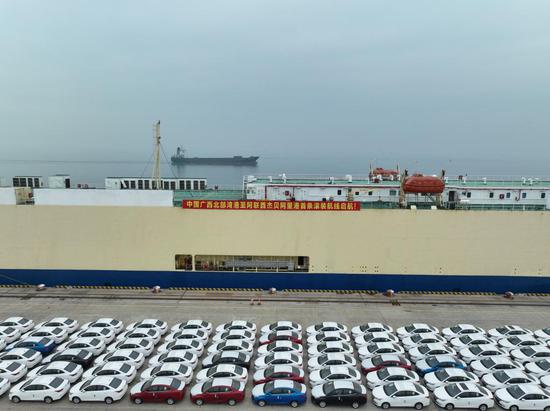
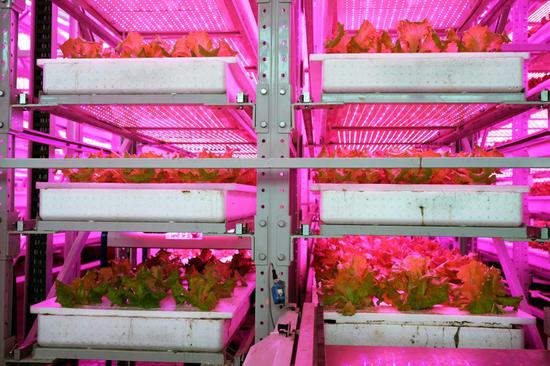
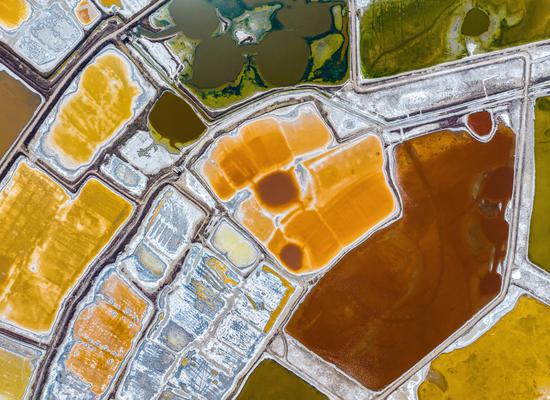

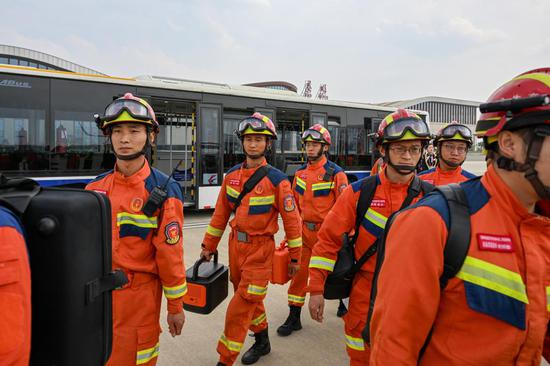



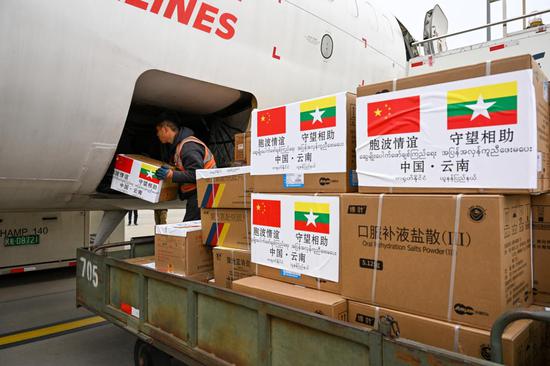


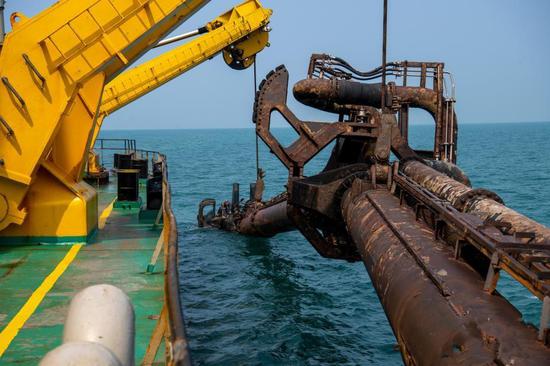
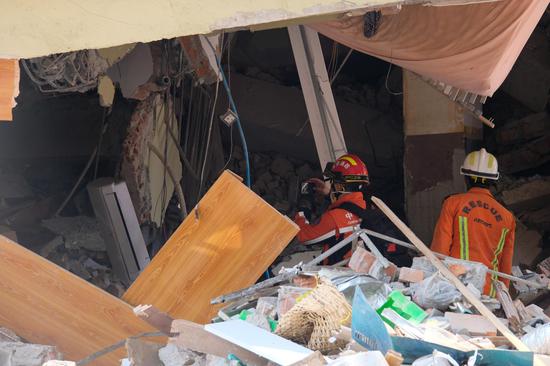


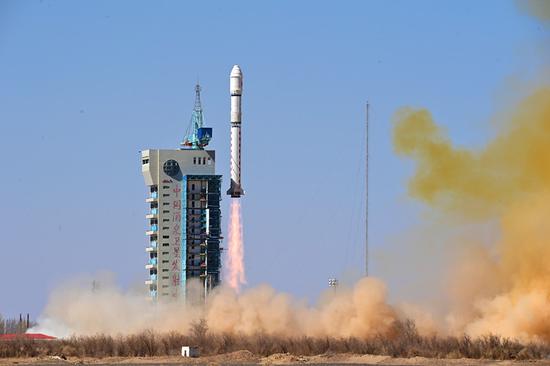
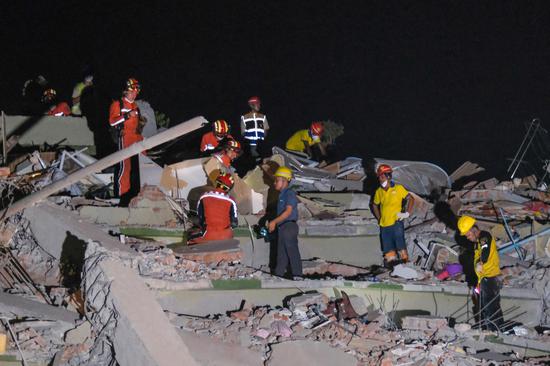
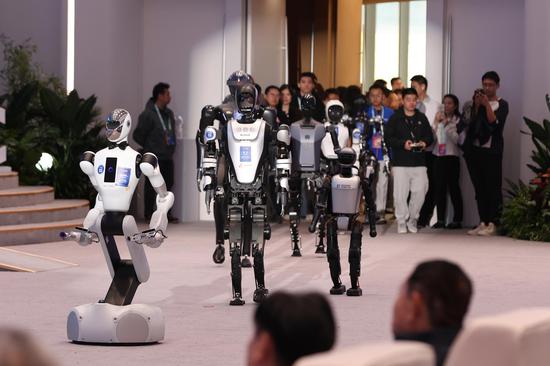







 京公網安備 11010202009201號
京公網安備 11010202009201號